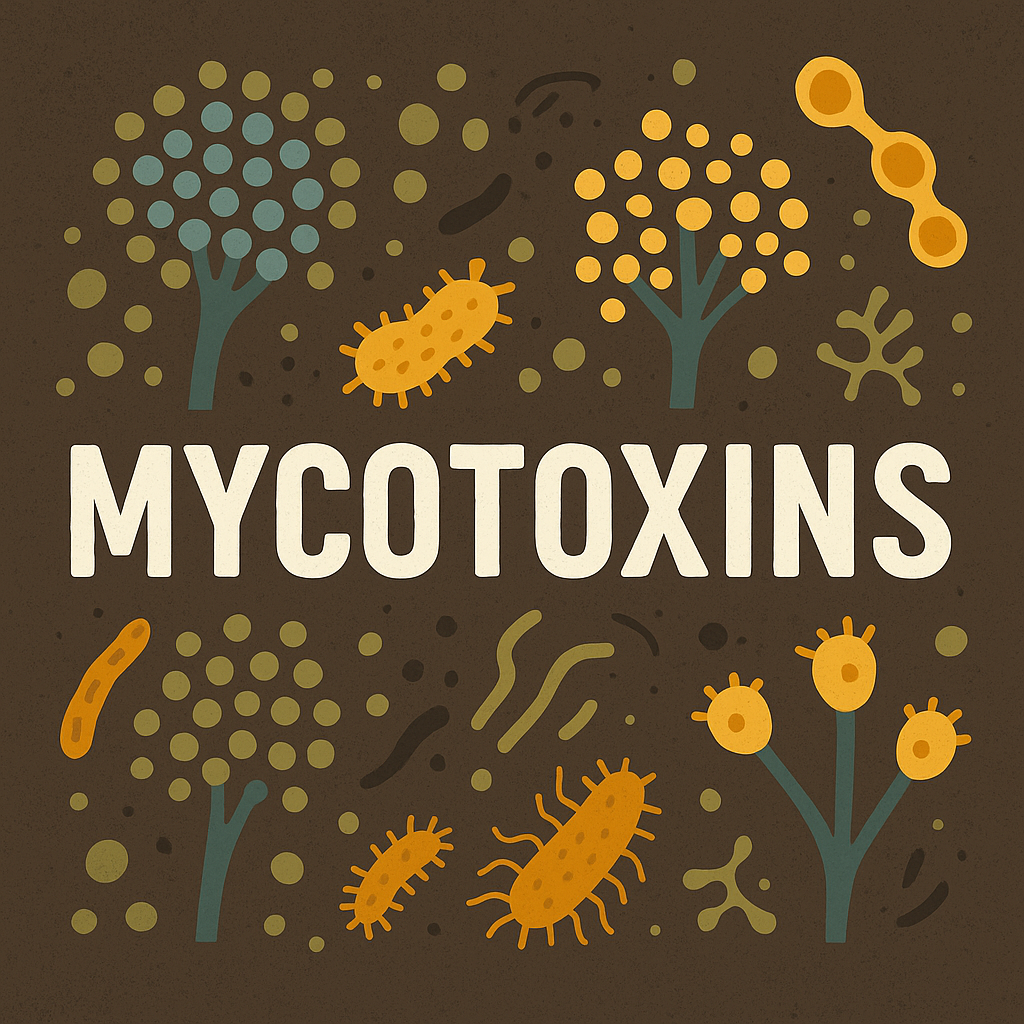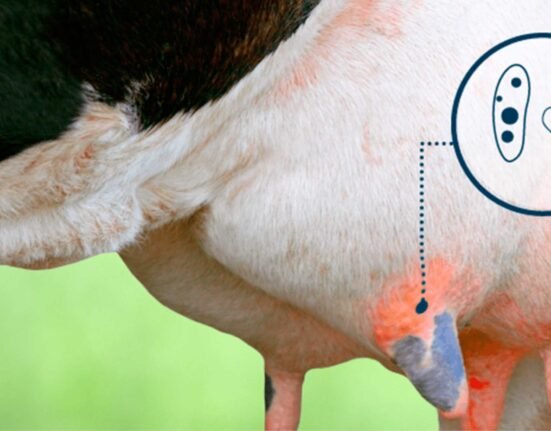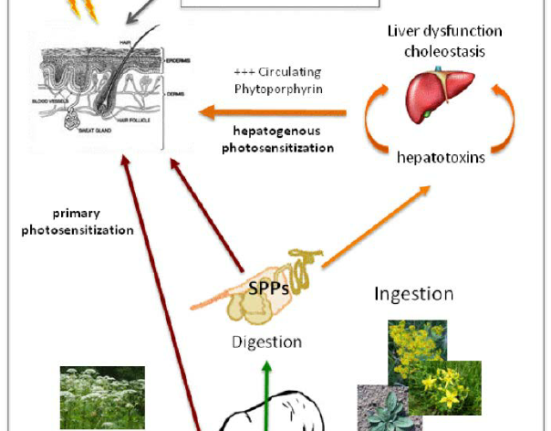The presence of mycotoxins in prepartum dairy cow diets is emerging as a critical issue with profound implications on calving outcomes and herd productivity. New research highlights that mycotoxin contamination, especially during the dry and transition periods, may be a significant trigger for shortened gestation lengths, increased stillbirths, and reduced calf viability—issues that could threaten both cow health and long-term profitability in the Indian dairy industry.
Maintaining high-quality forage and clean water is essential throughout the dairy production cycle. However, contamination from moulds and mycotoxins remains a persistent risk, particularly during storage and ensiling. When fungi contaminate feed, not only is the nutritional quality compromised, but improper fermentation can also allow pathogenic bacteria, such as Clostridia, Listeria, and E. coli, to flourish, thereby increasing the risk of gastrointestinal disorders and inflammatory syndromes, including hemorrhagic bowel disease.
Widespread and Multi-Toxin Contamination Is the Norm
Mycotoxins—including deoxynivalenol (DON), zearalenone (ZEN), fumonisins (FUM), and T-2 toxin—are frequently found in combination. A recent multi-country study (Schuenemann et al., 2024) involving nearly 300,000 cows revealed that up to 75% of sampled feed contained at least four mycotoxins in 2023, exacerbated by poor weather during harvest. These findings align with global data indicating that over half of feed samples contain multiple mycotoxins simultaneously.
Shortened Gestation: A Silent Indicator of Mycotoxin Exposure
Mycotoxins have been linked to inflammatory responses in prepartum cows, which may disrupt hormonal balance and lead to early parturition. While the typical gestation range for Holstein cows is 270 to 283 days, a gestation period under 270 days can increase the risk of stillbirths, calf diarrhoea, and early-life mortality—even with optimal colostrum management.
Moreover, shorter gestation is linked with poor maternal health outcomes such as retained placentas, metritis, higher early-lactation culling, and reduced milk yield. Hence, gestation length is not only a reproductive metric but also a sensitive indicator of herd health and nutrition quality.
Case Study: Reducing Mycotoxin Load Enhanced Herd Performance
A large-scale dairy operation housing 7,350 cows observed a significant improvement in reproductive performance after reducing dietary mycotoxin loads by 70% through forage replacement and micronutrient adjustments (vitamin E, D, copper, selenium). Notably, the proportion of short gestation calvings dropped from 20% to 10%, stillbirths decreased, and colostrum production improved—without using any specific mycotoxin binder.
This demonstrates the tangible impact of proactive feed management in mitigating mycotoxin risks, although such flexibility in forage replacement may not be viable for all farms. In these cases, broad-spectrum mycotoxin mitigation additives offer a practical alternative.
Managing Mycotoxins: Prevention, Monitoring, and Broad-Spectrum Action
Preventative strategies include storing forage under cover, avoiding the use of mould-contaminated ingredients, and regular feed testing. Targeted mitigation strategies may fall short due to the frequent co-occurrence of multiple toxins. Therefore, experts recommend a broad-spectrum mycotoxin binder that can address a range of contaminants.
Commonly affected feed components, like straw stored outdoors and improperly fermented silage, should be regularly monitored. The implementation of feed hygiene protocols and consideration of environmental stressors—such as high temperature-humidity index (THI), poor hygiene in total mixed rations (TMR), and excessive loss of body condition—can further reduce inflammation and mycotoxin-related health issues.
Conclusion: A New Lens on Dairy Health and Reproduction
The correlation between mycotoxins and reduced gestation length offers a new lens through which to assess dairy herd health. Given that 50% of calf weight and critical brain development occur in the final 60 days of gestation, early calving may undermine not only survival but also the long-term performance of the next generation.
With India’s dairy sector evolving rapidly, ensuring feed safety is paramount. Dairy farmers, nutritionists, and veterinarians must work collaboratively to adopt integrated mycotoxin management strategies, protect gestation length, and improve overall productivity in the Indian dairy industry.
The above article is an adaptation from Prepartum Mycotoxins May Trigger Shortened Gestation Periods and Affect Cow & Calf Health and Survival







